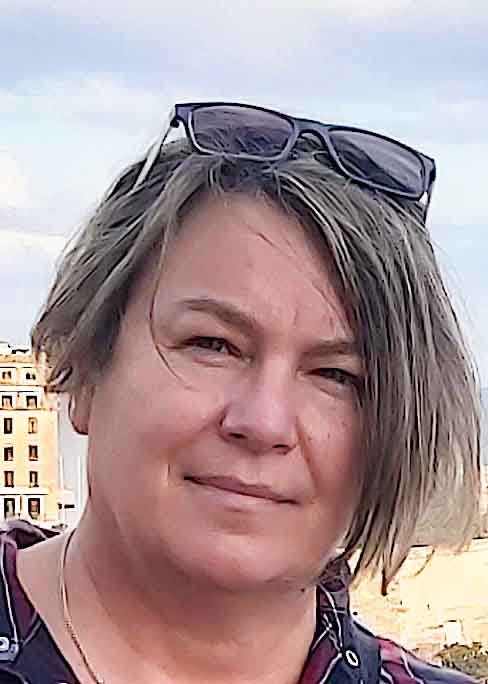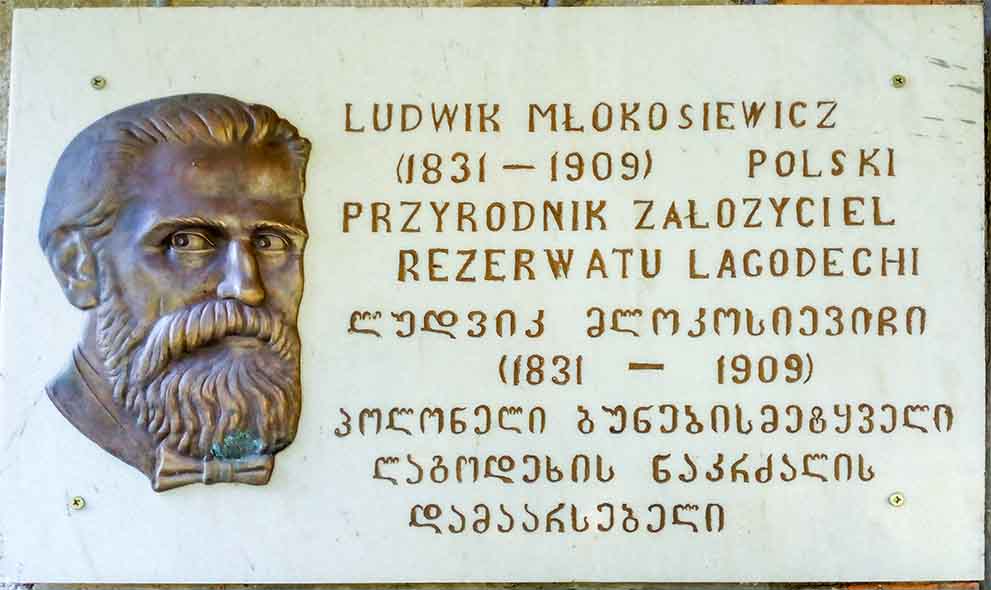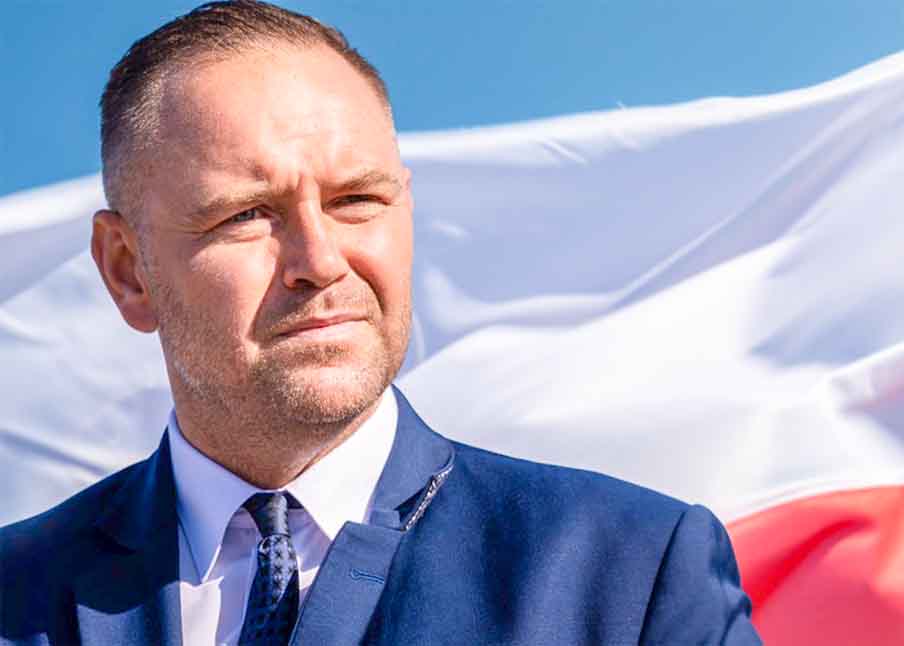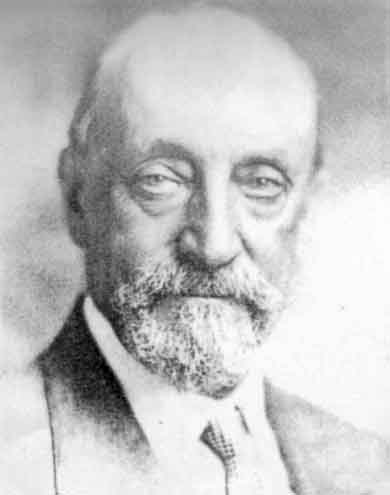A female doctor with Polish roots played an important role in the American history of medicine in the 19th century. Americans owe Dr. Zak modern treatment standards and the founding of the first women's hospital.
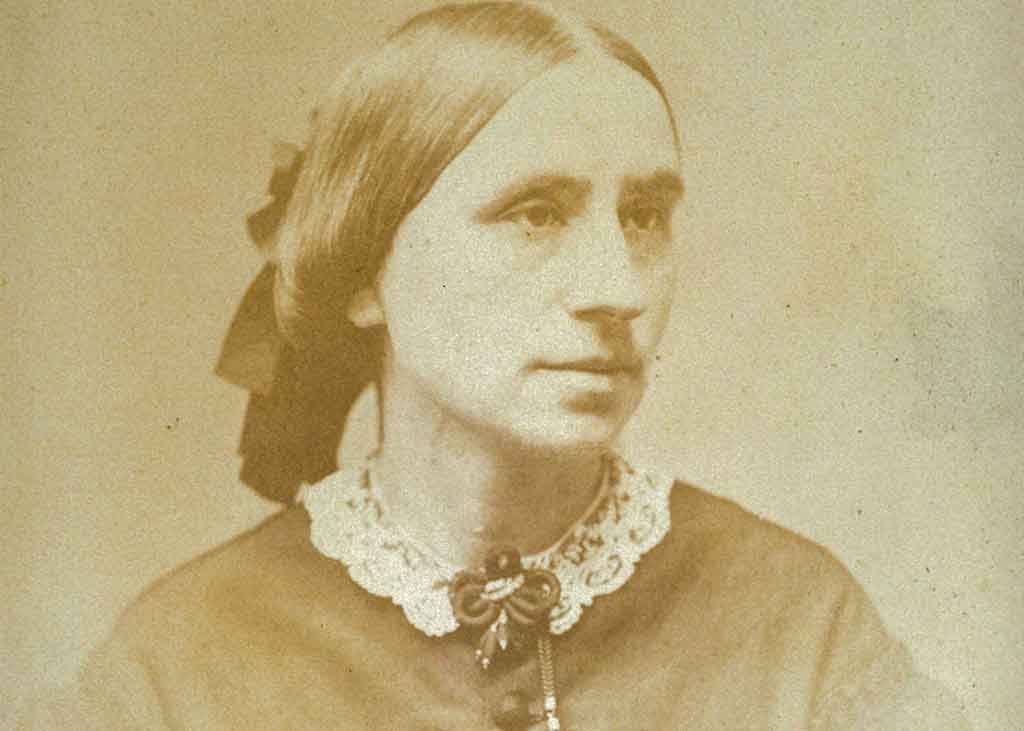
Maria Zakrzewska (1829-1902) (Source: Wikipedia)
She was born in 1829 in Berlin into the family of officer Martin Ludwig Zakrzewski. His family lost their fortune in Poland at the end of the 18th century, and although they tied their fate to Berlin, they valued their Polish roots. Maria, like five of her siblings, remained connected with Poland until the end of her life.
She had been around medicine since childhood, and especially with midwifery, assisting her mother, who was a midwife, during the births. A big inspiration for choosing the profession of a doctor was her stay in hospital - first she took care of her sick cousin for a year, and then she treated an eye infection. Thanks to the staff's support, she was able not only to observe the work of doctors and nurses, but also, to a small extent, support their work. Everyone agreed that she had a definite talent, so as a symbolic beginning of her medical career, the staff gave her a midwifery textbook.
In 1844, she applied for admission to the Berlin School of Midwives. It was only on the fourth attempt that it succeeded, and thanks to the protection of an influential Berlin doctor. Dr. Schmidt quickly recognized his student's talents, and years later he promoted her to be his successor as a professor at the School for Midwives and the head midwife at the hospital. Maria took up these duties, but discouraged by the hostile environment, she was forced to resign. She then decided to leave Europe for the United States, where universities were beginning to educate female students and the path to a medical diploma seemed easier. However, the decision required a lot of courage - Maria did not know the language and did not have any money for education. Her sister, who also planned to study, went with her. They both started with intensive language learning and simple jobs.
The turning point in Maria's life and career was meeting Elizabeth Blackwell, the first American to graduate in medicine and start her own medical practice in New York. The women met in 1854 and collaborated for many years thereafter. Blackwell appreciated Maria's knowledge, commitment, and potential and financially supported her in studying at Western Reserve College in Cleveland. She was one of six students who obtained a medical diploma before the university authorities withdrew their consent to admit women.
Despite her diploma, after returning to New York, Maria had trouble finding a job, and patients avoided her office, which was open behind Elizabeth Blackwell's house. The reason was the same as everywhere at that time - women-doctors' medical knowledge was not trusted, it was believed that they were unable to make rational decisions and were too weak physically and mentally to cope with the hardships of the profession.
When Maria learned of Boston's support for the first women's hospital in the United States, she did everything she could to raise funds for the project and work there. First, the Chamber for Women and Children was established, where Zakrzewska was not only a doctor, but also a teacher and manager. The next step was to establish a clinical department of the New England Women's Medical College, but soon it was decided not to call the women working at the College doctors. Zakrzewska, outraged by this treatment, left, along with several sponsors.
Thanks to them, it was possible to quickly establish the New England Hospital for Women and Children, which Maria managed for 40 years. Founded in 1862, the hospital quickly gained a reputation; after three years of operation, it was reported that 18,000 patients were admitted to the clinic and 1,500 sick women and children were treated in its wards.
Maria Zakrzewska, called "Dr. Zak" by Americans, introduced modern methods and principles of educating future nurses and midwives. The level was very high, anatomy was taught using anatomical models, childbirth was taught on mannequins, and strict sanitary rules were in force in the wards. Zakrzewska herself wrote textbooks from which future midwives learned.
The New England Hospital for Women and Children led the nation in educating women in the medical professions. There, they could study specializations that had previously been considered masculine, and it was there that the first female surgeon in America was educated. The hospital, which started with a modest few beds, after 40 years of Maria Zakrzewska's rule became a leading facility in the country, and practicing in Boston was one of the most prestigious appointments.
Maria Zakrzewska died on May 12, 1902 in Boston, and her ashes were buried in Forest Hills Cemetery. Her achievements preceded the 20th century successes of women in medicine. “I'm not talking about fame and I don't think my difficult name will be remembered. But the ideas for which I have worked, the seeds that I have tried to sow here and there, must survive, spread and bear fruit," she was quoted as saying before her death. In the United States, Dr. Zak was remembered not only as a pioneer of women's medicine, but also as a women's activist who fought for voting rights and women's broad access to education.
Translation from Polish by Andrew Woźniewicz.



